| The Model A had a humble beginning in 1946. Its inventor, Professor Armand N. Spitz, Director of Education at the Franklin Institute of Philadelphia wanted to make a planetarium that was affordable to everyone. Because he was working out of his home to develop this planetaruim device, his methods were sometimes a bit crude, many times he worked on the project right at the kitchen table! He used flat pieces of plastic, cut into pentagons to form an overall shape of a dodecahedron for the star projector. Armand had hoped by using flat sheets of plastic that he would be able to stack them together. By stacking and drilling the "star" holes in several plates at a time it would make the production of them faster and cheaper. Armand found out very quickly that it wasn't going to work. He found that each dodecahedron would have to be assembled first, and then each "star" hole drilled individually. With that knowledge, manufacturing of the dodecahedrons was given to a plastic company just outside of Philadelphia. Armand had other obstacles too, he was an "idea man" not a machinist. So to build the rest of the projector's base and planet drum he would rely on Thomas Industries of Wenonah, NJ. Thomas Industries specialized in precision machining and were no strangers to prototype work. Armand brought his hand drawn ideas to its owner J.P. Thomas and a couple months later, they were turning out the first production Spitz Model A machines. Armand then sold them for a "mere" $500.00! Up until the relocation to Oklahoma in 1951, Thomas Industries made the first 50 Model A series planetariums and about 40 of the Model A-1 series planetariums for Armand. With the departure of Thomas Industries he found new financial backing and formed Spitz laboratories. The newly formed operation was located in an old movie house in downtown Philadelphia where he continued developing the Model A-1 machine with its many improvements. |

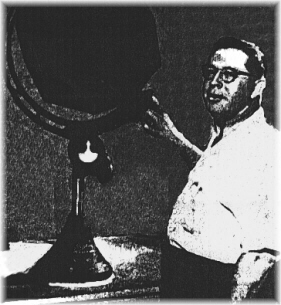
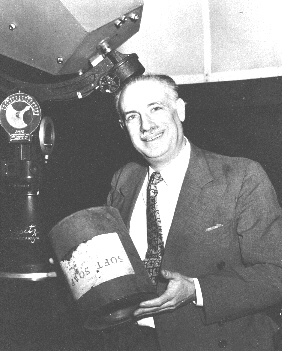
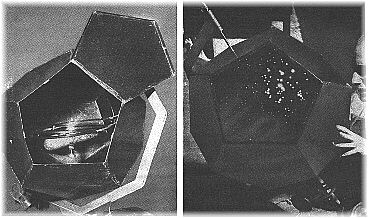
Early prototype machines (left)
Soft soap container drilled and used as a pinhole projector, Armand built
this for his daughter Vera in the early 40's (Middle) Inside the prototype
dodecahedron, Armand poses with the prototype.
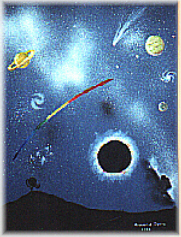
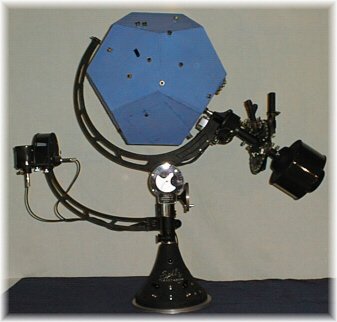
(Left) Oil panting by armand Spitz in 1952.
(Right) My own Spitz Model A unit built in 1953.